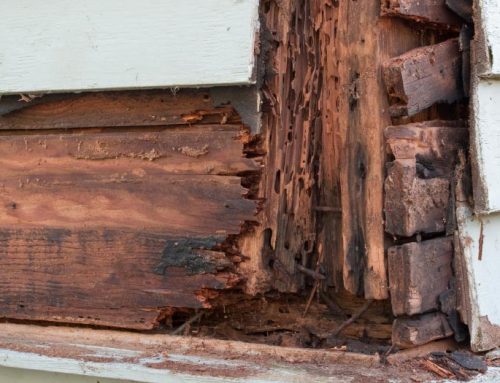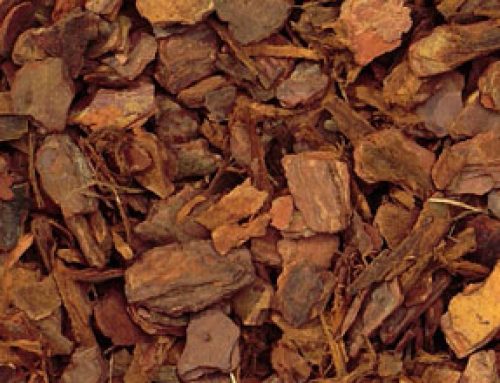We have all seen a lush green lawns with stripes that seem like they were drawn on the turf. Nothing makes a lawn like sharp defined stripes, checkerboard patterns, or even the occasional bulls eye. So how do great landscapers place those sought after stripes in the turf they maintain?
First of all, striping a lawn isn’t magic. The effects comes from alternating directions. When the mowers wheels travel over the grass, they cause it to “lay” in one direction. The light and dark stripes comes from the way light reflects from the grass blades and the angle it’s viewed from. There are also kits and other means to aid in the direction the grass lays to enhance the effect. Mowing height influences this greatly as well. Consider your hair, the shorter it is the more it has a tendency to stand straight up. When striping a lawn, longer heavier blades have a tendency to lay more dramatically in one direction or another. There are many opinions on what length to mow grass at to create the best stripe while not allowing it to get out of hand. Personally I have never seen a great stripe on a Fescue lawn cut less than four inches in length.
An awe inspiring lawn’s stripes start with the turf itself. To get the best stripe or pattern out of a lawn it must be healthy for one. The darker green a lawn is the better when it comes to creating the illusion. Healthy turf reflects light better than lawns littered with weeds and lacking in color. Fescue lawns that have been cared for with a proper turf program create the best canvas. Creating a super green, weed free lawn is an art in itself but not a daunting task by any means. A good landscape company will know how to maintain your turf in the proper manner.
The striping process has a lot to do with the equipment used to mow the turf. A high quality mower with very sharp blades is essential to creating the striping effect. For best results blades should be sharpened daily. A clean cut also goes a long way towards reducing fungal and disease issues by not tearing the grass blades. Commercial mowers also have larger tires that aid in the effect. Rollers or chains can also be added to the mowing deck to aid in the direction the blades lay. Keep in mind that only factory approved accessories should be used.
The best results always are always the result of great operators. A stripe starts with a very straight line. This sounds simple but requires a lot of concentration from the operator. Lawns are never smooth. Maintaing a straight line over potentially rough terrain for sometimes hundreds of feet on a loud piece of equipment requires skill. Though most recommendations say to change direction with each cut, a well defined and lasting stripe requires otherwise. To get a stripe “cut” in a lawn may need to be double cut or cut in the same pattern for several weeks. In doing so though, an operator must be careful not to create ruts in the lawn from traveling the same direction repeatedly. After no more than three weeks, change direction and vary the pattern.
Original article written by Charlie Meek for Hiring A Landscaper.com



